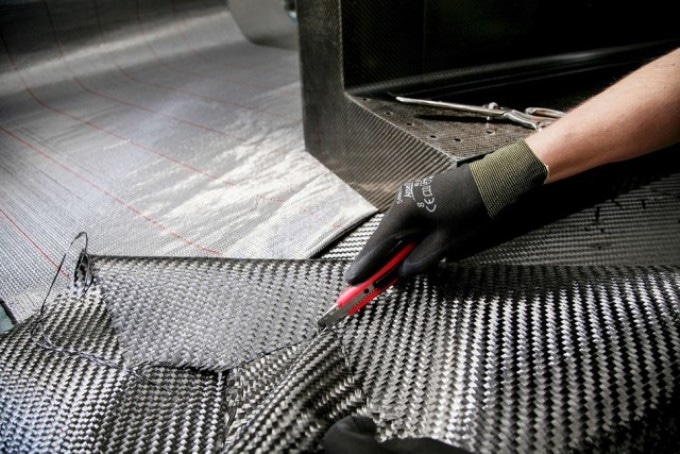Dec 8 2016
Carbon fiber is an interesting material, especially when used as the key ingredient in fiber-reinforced plastics and other composites.
 Carbon fiber sheets. (Image courtesy of Lamborghini.)
Carbon fiber sheets. (Image courtesy of Lamborghini.)
Carbon fibers are nearly five-times stronger than steel, three times lighter, twice as stiff and have better yield strength. This makes them particularly interesting to developers of high performance vehicles, who use the composite material as an alternative to traditional steel construction.
Research from Frost & Sullivan has outlined carbon fiber as a way for aerospace and automotive manufacturers to build better vehicles - a necessity when standards for auto emissions will reach new highs by 2025.
So, what’s holding the adoption of carbon fiber materials back? Like most industries, it’s all about the bottom line.
Manufacturing of carbon fiber requires a polymer precursor material that can have an effect on the quality of the carbon fiber produced. These precursor materials are expensive, the chemical and mechanical process to turn them into carbon is time consuming and often, the carbon yields are low.
Frost & Sullivan noted that additional development would be required to identify alternate, more effective precursors. It also outlined possibly using hybrid fibers, of glass and carbon to create more efficient materials.
"Manufacturers can slash production times and costs by deploying production technologies like plasma oxidation that reduces the oxidation time and energy by 65 percent," said Frost & Sullivan senior research analyst, Aniruddha Roy.
"Low-cost fibers can be a reality in the next 10 to 12 years, once the industry is able to adopt methods that facilitate low-cost, large-scale production processes. Additionally, recycling carbon fibers will boost adoption across industries in the medium to long term."
High efficiency production of carbon fibers would be a boon to industries beyond automotive and aerospace, with potential applications including development of better wind turbines, pressure vessels, sea vessels and infrastructure.
"While the automotive and aerospace markets will remain dominant, the rising interest displayed by industries such as marine and alternate energy could well propel the USD$2.5 billion market to $3.8 billion by 2020," added Roy.
"Carbon fibers will prove invaluable for structural applications in the wind and solar energy sectors."